Highland Council is sending too many children into residential care, and needs to act swiftly to bring down numbers.
This was the key message from a detailed independent report commissioned by the local authority.
In a presentation to the health and social care committee, Fred McBride reassured members that the service itself is not in crisis.
However, Highland sends twice as many children to residential care than the national average.
As such, it should take urgent action to strengthen community support for vulnerable young people.
“That is a priority, and it really cannot wait,” said Mr McBride.
Urgent need for community support
The independent report into Highland residential care included several important recommendations.
Mr McBride told councillors the service is “reasonably well managed” and while some individual children are in crisis, the service overall is not.
He said there was good team work and collaboration happening across the board.
Nevertheless, some of the numbers are cause for concern.
There are 466 Looked After Children (LACs) in the Highland Council area. That’s around 1.2% of the total under 18 population, and broadly in line with the national average.
However, 21% of LACs in Highland are in residential care, which is more than double the national average.
Mr McBride says many other councils have fewer than 10% of LACs in residential care, thanks to strong community interventions.
“There is an urgent need to develop multi-agency, intensive community support services to stop children from entering the care system in the first place,” said Mr McBride.
‘There are no risk-free decisions in social work’
Mr McBride emphasised that this system must reach far beyond social work. It should include teachers, education services, health – especially mental health – police and community groups.
The council should work not only with its statutory partners but also reframe its relationship with the third sector, treating voluntary groups as partners rather than suppliers.
The aim is to prevent children entering the care system by providing better support to families early on.
He added that “there are no risk-free decisions in social work” but Highland Council needs to be intelligent in how it manages risk.
Referring to the Independent Care Review’s strategy The Promise, he quoted one section which refers to the “lasting pain” a child feels when they’re removed from their family.
This should result in a fundamental shift in how we think about residential care.
Mr McBride recommended that the council look at how it manages its “front door” into residential care.
He said Highland Council had been on the right track with Arach House, Strathpeffer, which focused on early support and prevention.
However, his report concludes that Arach House has lost that purpose and should return to its original aims.
On a similar note, the council should empower residential care home managers by giving them more control over budgets.
Pointing to persistent underspends in residential services, he said frontline managers were largely in the dark about the money that’s available.
Managers could react more quickly and flexibly to children’s needs if they had some control of the budget strings.
“Centralised budget controls don’t work and they slow things down,” he said.
‘Debate stifled’
Highland Council’s new head of children’s services, Margaret McIntyre, said the council fully accepts the findings of the report.
Ms McIntyre said she had personally visited residential homes in a bid to better understand how they run and talk to frontline staff and young people.
As a result, the council has written a detailed improvement plan and created a separate workstream to capture the voices of young people in care.
Mr McBride’s clear message was “this cannot wait”. But executive chief officer Fiona Duncan told members the service was about to enter a full inspection.
“We don’t want 101 improvement plans,” she said, so the council will wait until the inspection findings are back before pulling it all together in one strategy.
However, Ms Duncan stressed that Highland Council has already done a considerable amount of work since receiving the independent review.
Interestingly, chairman David Fraser closed the presentation by informing members that there would be no questions or debate on this topic.
Speaking after the item, opposition leader Alasdair Christie said: “I know a lot of members had questions and points that they wished to discuss and it was a shame that the debate was stifled and postponed by the chairman, councillor Fraser, to another day.
“There were many observations and recommendations that would have benefited from being discussed today.”
Are you interested in more exclusive and breaking Highland and Islands news from the P&J? If so, why not join our dedicated new Facebook page HERE
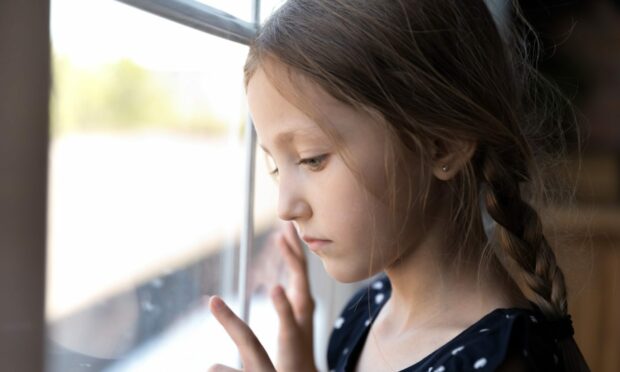

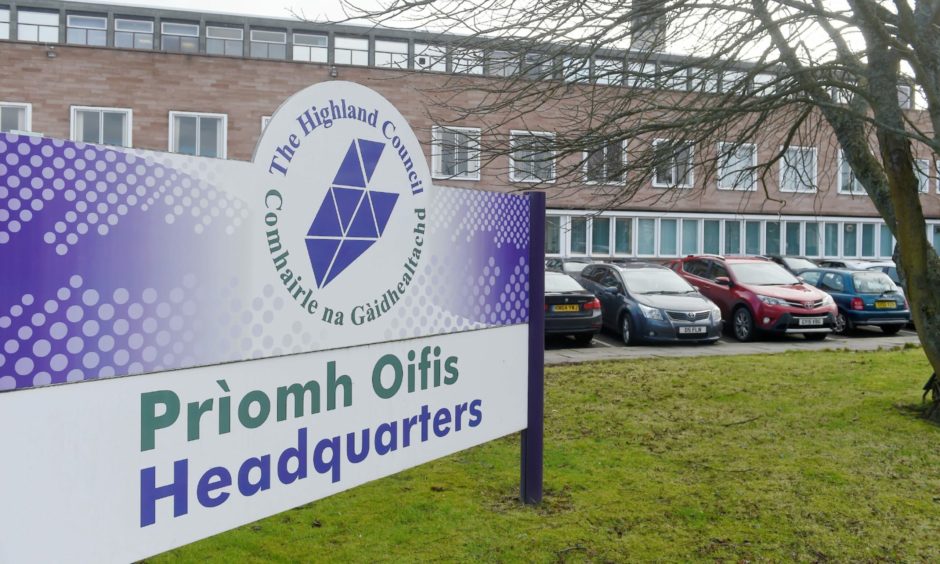
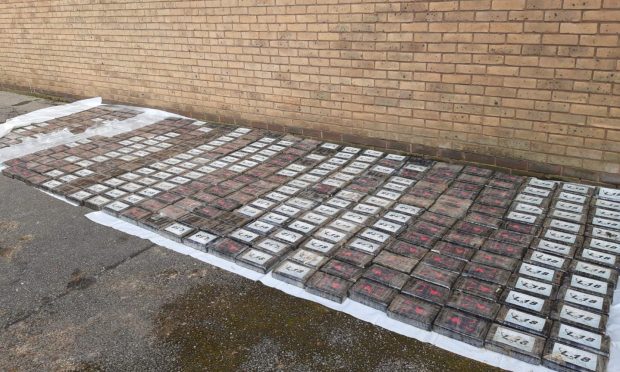






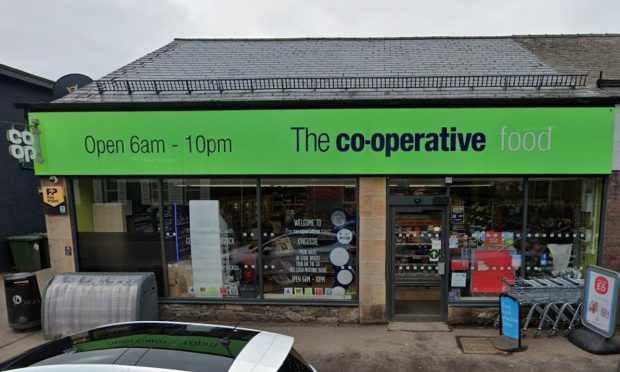
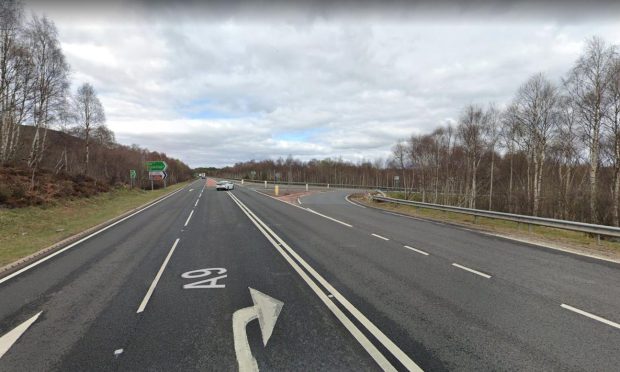

Conversation